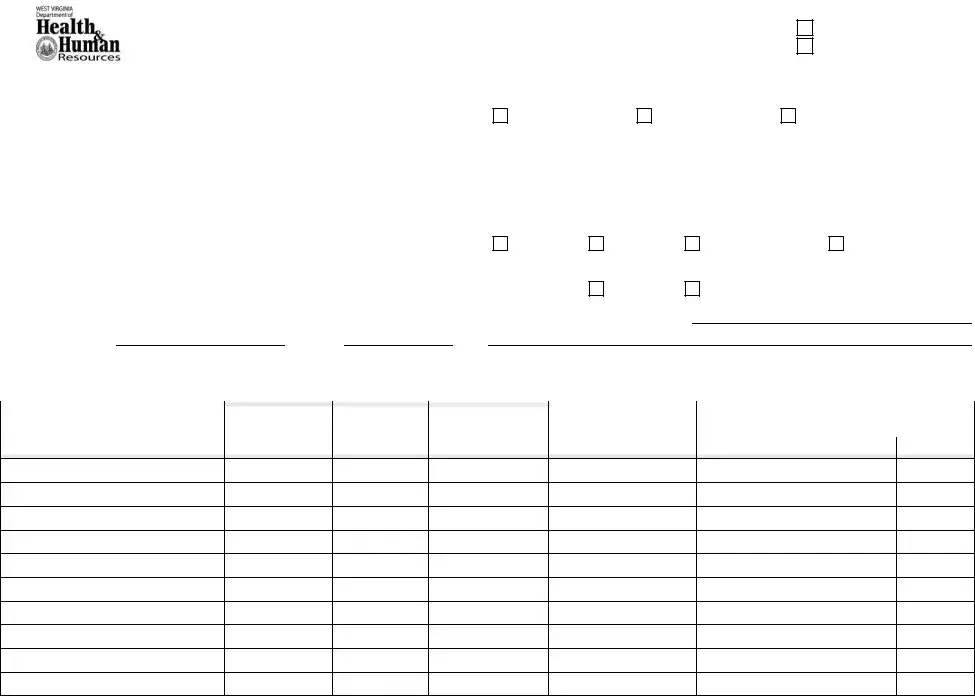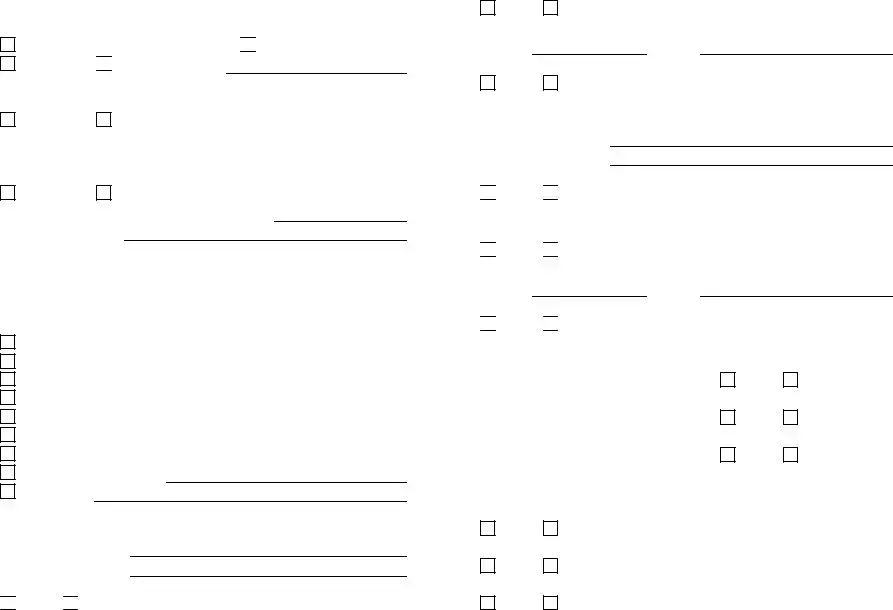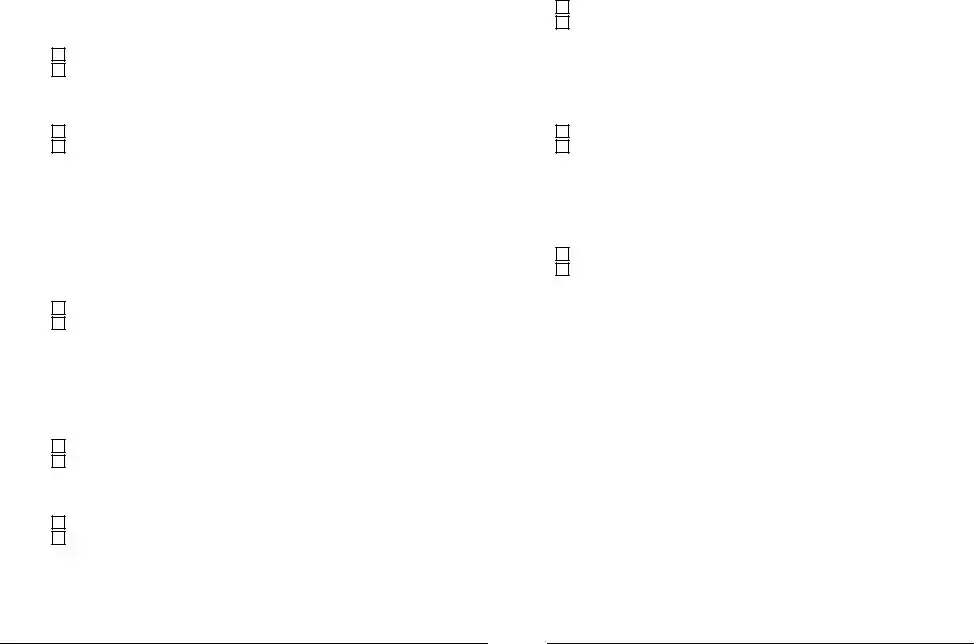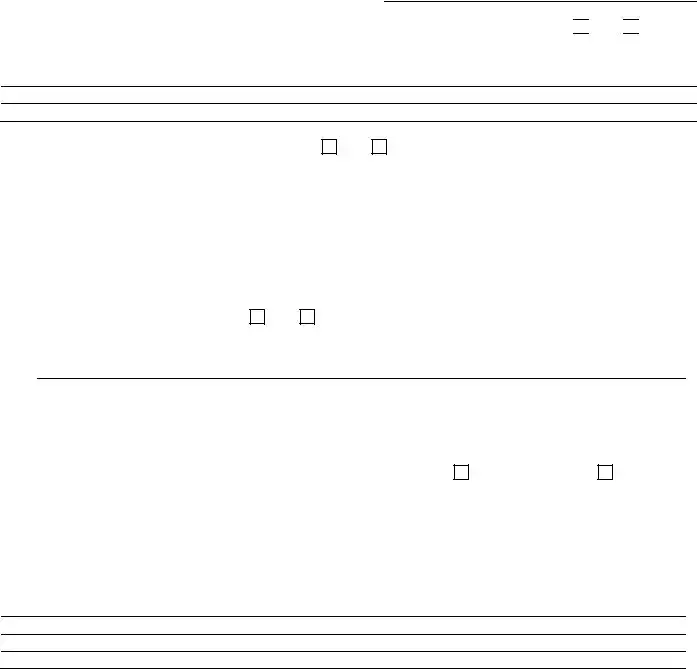What is the Low Income Energy Assistance Program (LIEAP) and who can apply for it?
Emergency LIEAP in West Virginia is designed to help low-income households meet their immediate home heating needs. It offers financial assistance to individuals and families struggling to pay their heating bills during the coldest months. Those living in West Virginia, who meet the income requirements and are responsible for paying home heating costs, can apply. This includes homeowners and renters, with priority given to those who are elderly, disabled, have families with children, or are facing a heating crisis.
How do you apply for the Emergency LIEAP in West Virginia?
To apply for Emergency LIEAP, an individual must fill out the West Virginia Department of Health and Human Resources (DHHR) application form. It requires identifying information, household information, heating and electric bill details, and financial information. Additionally, the applicant must sign statements of liability and include the required verifications, such as income verification and heating bill details. The completed application can be mailed or delivered in person to the local DHHR office. Providing the current electric bill and the main heating source bill is essential, unless electric is the main heat source, in which case only the electric bill is required.
What documents are necessary to apply for the Emergency LIEAP?
When applying for Emergency LIEAP, you need to submit the application form along with several key documents to verify your information. Required documents typically include proof of income for all household members (such as pay stubs or social security benefit statements), recent heating and electric bills, proof of residency, and identification documents for the applicant. Additionally, if your heating costs are included in your rent, you must provide a lease agreement or a statement from your landlord.
How is eligibility for Emergency LIEAP determined and what happens after applying?
Eligibility for Emergency LIEAP in West Virginia is primarily based on the household's income, size, and heating expense. After submitting the application with all the required documentation, the DHHR reviews the information to decide if the household meets the qualifying criteria. The decision is typically made within 30 days from the date the completed application is received. If approved, the benefit amount is determined and a one-time payment is made directly to the heating vendor. Applicants will be notified in writing of the decision, and if denied, they have the right to request a review of the decision.



 No shelter/homeless Institution
No shelter/homeless Institution 
 Other (explain)
Other (explain)
 Yes
Yes 
 No
No
 Yes
Yes 
 No
No
 Yes
Yes 
 No
No
 Yes
Yes 
 No
No


 Yes
Yes 
 No Indicate how income was verified, as appropriate:
No Indicate how income was verified, as appropriate: